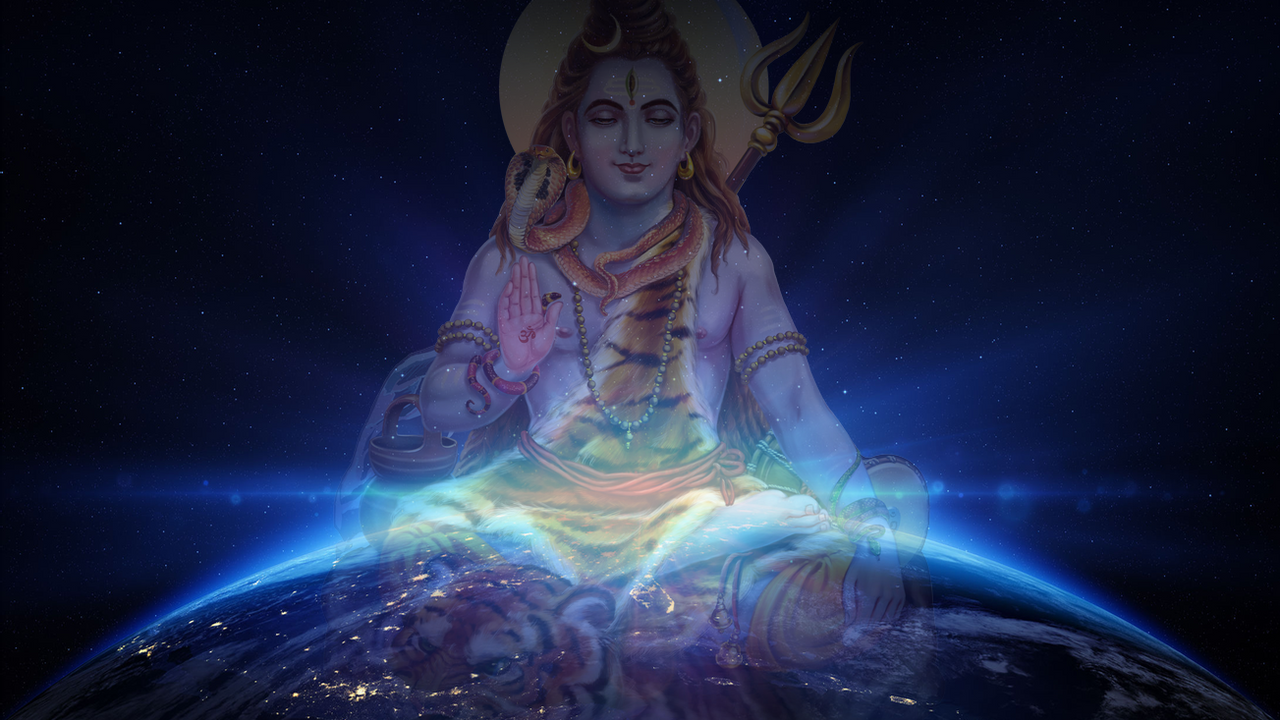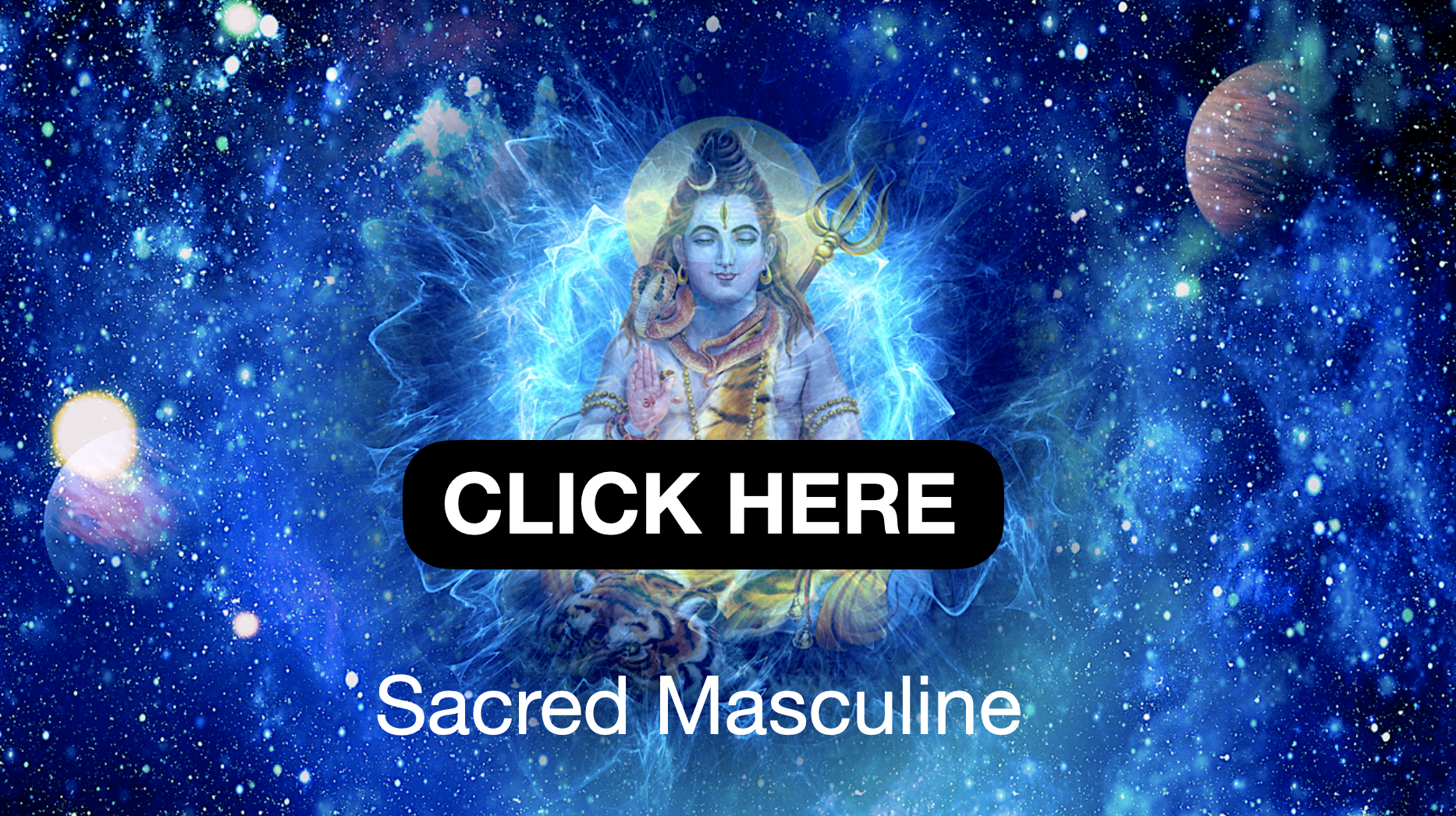Three Things About Shiva

I'm sure there is much about Shiva that you know. However, here are three things about "Shiva" that, even if you did know, are expanded upon with new information, or at the very least, some new associations.
Each year, we make a pilgrimage to India, where we visit many Shiva temples. We are there now with our students exploring our spiritual practice together in community. The mystery of Shiva is also one of the essential tracks in our Yogic Mystery School called "Sacred Masculine."
1. Shiva is a Hindu god. Somewhat true!
Shiva, the God, is part of a vast pantheon of Gods and Goddesses within the Hindu spiritual framework. But there's also a very different sense of Shiva's deictic nature. Shiva, within Shaivism, one of Hinduism's principal traditions, is also the absolute supreme being, which means Shiva is more than a God: He is the creator of this universe, a bit like the Biblical Yahweh.
And it is not just the power of creation that he wields, but that of sustenance and destruction. These powers, known as śṛṣṭi, sthiti, and laya, all belong to Shiva in traditional Shaiva philosophy and theology.
But isn't Vishnu the sustainer and Brahma the creator, you might ask? That is simply one of many configurations. In Shaivism, all these powers belong to Shiva as the absolute being, the cause of the universe, the source of all, and the essence of all things.
2. Shiva is the destroyer. Sure, but not quite!
First, the word "Shiva" itself does not mean destroyer. Instead, the word Shiva means blessing, favoring, and compassionate. So many people mistakenly associate Shiva with destruction. Wrong!
The role of Shiva as a "destroyer" in the Hindu Trimurti (trinity) belongs to one narrative within Hinduism that ascribes creation to Brahma and sustenance to Vishnu. This narrative is not common to all of the traditions that run within Hinduism, like rivers to the ocean. Vaishnavism, Shaivism, and Shaktism are among the most prominent. Within Shaivism, Shiva, properly speaking, is Mahadeva, a Great Presence that includes design, maintenance, and destruction.
3. Shiva is a male God. Yes, and more!
Interestingly, the word Shiva is used as an adjective for both Gods and Goddesses. It means the one who favors us. So, for example, we say of Durga: "śive" sarvārtha sāshike.
There is also a form of Shiva known as Ardhanari, the half-feminine male. This form of Shiva is both masculine and feminine. He is featured with one breast and is quite effeminate. And there is a strong feminine side to classic Shiva, like wearing the moon in his hair, for which he is known as Chandrasekharsa.
At this time in our human history, when gender fluidity and gender rights are at the center of legislation, the pain of the GBLTQ community might be transformed by this sensitivity of the Ardhanari, the half-God, half-goddess. If gender fluidity is an aspect of Ultimate Reality, that puts an entirely new spin on it, doesn't it?




